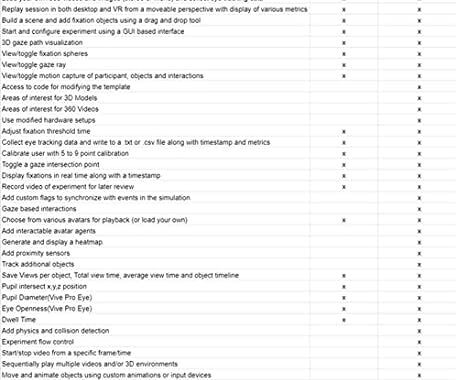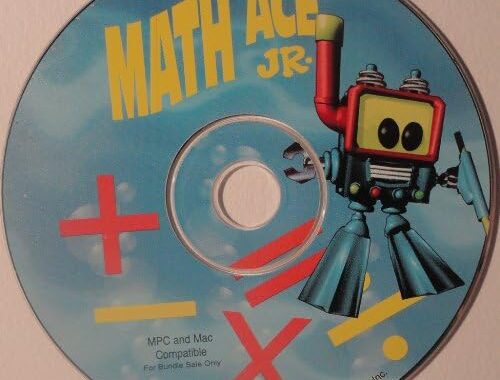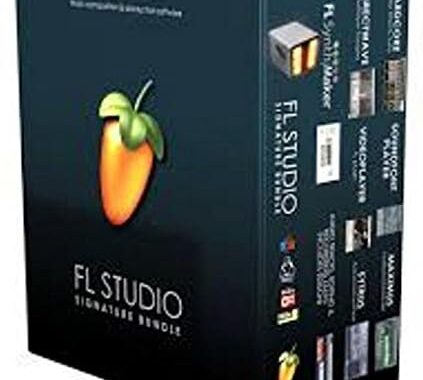Macromedia Flash 5: The Perfect Tool for Creating Interactive Content
![Amazon.com: Macromedia Flash 5 [OLD VERSION]](https://www.coupondealsone.com/wp-content/uploads/2023/03/9GZ4wf9LE0JK.jpg)
Introduction
Macromedia Flash 5 was once the best tool to create stunning, interactive content for the web. While Flash 5 has been replaced by other tools, many developers and designers still treasure it. This review will take a closer look into Flash 5’s most beloved features and how they can still be used today.
Features
Flash 5 was revolutionary when it was first released in 2000. Flash 5 allowed designers to create complex animations and interactive games with ease. Its most notable features are:
Vector Graphics
Flash 5 uses vector-based graphics. This allows designers to create graphics that are infinitely scalable and maintain high quality. This was a game changer for designers who had previously been limited by raster-based tools.
Animation
Flash 5’s timeline-based animation tool allowed designers to create complex animations quickly and easily. You can create animations frame-by-frame or smoothen your animations using tweening.
Interactivity
Flash 5 enabled designers to create interactive content like no other. It also included ActionScript, a scripting language that allows designers to create interactive elements such as buttons, menus and games.
Sound and Video
Flash 5 also supports the import and manipulation of sound and video. This allowed designers to create immersive multimedia experiences that are engaging and immersive.
Flash 5 is still relevant today
Flash 5 is no longer the industry standard but it still has a place on modern web design. Here are some reasons why Flash 5 is still an industry standard.
Legacy Content
Flash 5 is still used to create a lot legacy content. It’s becoming less common, but Flash 5 is still used on many websites. This makes it difficult for designers to use Flash 5.
Animation and Interactivity
Flash 5’s animations and interactivity still work today. Flash 5 is still a popular tool for designers.
Portability
Flash 5’s files are small and easily portable. This allows designers to create content that can be embedded in other websites and can be viewed on many devices.
Flash 5’s Downsides
Flash 5 had its flaws. Here are some of the most prominent downsides to Flash 5.
Accessibility
Flash 5’s main flaw was its inaccessibility to people with disabilities. Some users may find Flash 5 difficult to access because it relies heavily on animations and interactivity.
Security
Flash 5 was also criticised for its security vulnerabilities. Many hackers targeted Flash 5 with malware and exploits because it was such a popular tool. This made it a risky tool for designers who wanted to protect their content.
Browser Support
Flash 5’s dependence on plugins meant that not every browser supported it. It was therefore difficult for designers create content that could be viewed by all users.
Alternatives to Flash5
Flash 5 is no longer the best tool for creating interactive content. However, there are many other options. Here are some of the most-used:
HTML5
HTML5 is the standard for creating interactive web content. It provides many of the same features and is more accessible than Flash 5.
CSS Animations
CSS animations have advanced in recent years and can now be used to create many effects similar to Flash 5. They are also lighter and more accessible than Flash 5.
JavaScript Frameworks
React and Angular, JavaScript frameworks such as Angular, can be used to build complex web applications that rival Flash 5’s interactivity. These require more programming knowledge than Flash 5 but offer greater flexibility and scalability.
Conclusion
Macromedia Flash 5 was an innovative tool that revolutionized the way developers and designers created interactive content. While Flash 5 has been replaced by other tools, many designers still treasure it. There are many tools that can help you create immersive and engaging experiences on the internet, whether you’re an experienced Flash 5 user or a novice.

![Amazon.com: Band-in-a-Box 2019 Pro for Mac [Old Version]](https://www.coupondealsone.com/wp-content/uploads/2024/04/2O6e4Cw25Z6a.jpg) Band in a Box 2019 Flash Drive Review
Band in a Box 2019 Flash Drive Review  WorldViz SightLab Tracking Software Omnicept Review
WorldViz SightLab Tracking Software Omnicept Review  Math ACE Jr. Review: A Must-Have Learning Tool for Kids Ages 4-8
Math ACE Jr. Review: A Must-Have Learning Tool for Kids Ages 4-8  Review of Image Line Software Studio Signature Bundle
Review of Image Line Software Studio Signature Bundle  FileMaker Pro Advanced Review
FileMaker Pro Advanced Review ![Amazon.com: Punch! ViaCAD 2D/3D v12- For Mac [Mac Download] : Software](https://www.coupondealsone.com/wp-content/uploads/2024/04/YBusi9QdX6E2.jpg) ViaCAD v12 for Mac Review
ViaCAD v12 for Mac Review  Elevate Your Baking with the Stylish and Powerful Drew Barrymore 5.3-Quart Stand Mixer
Elevate Your Baking with the Stylish and Powerful Drew Barrymore 5.3-Quart Stand Mixer  Review of the Sterilizer Charging Wireless Certified Sanitizer
Review of the Sterilizer Charging Wireless Certified Sanitizer  DESTEK VR Controller Review
DESTEK VR Controller Review